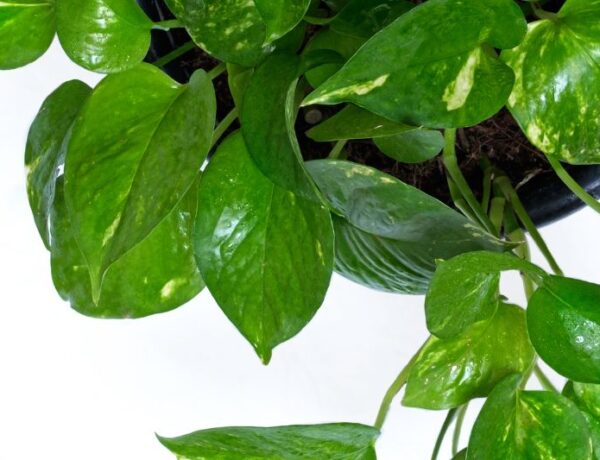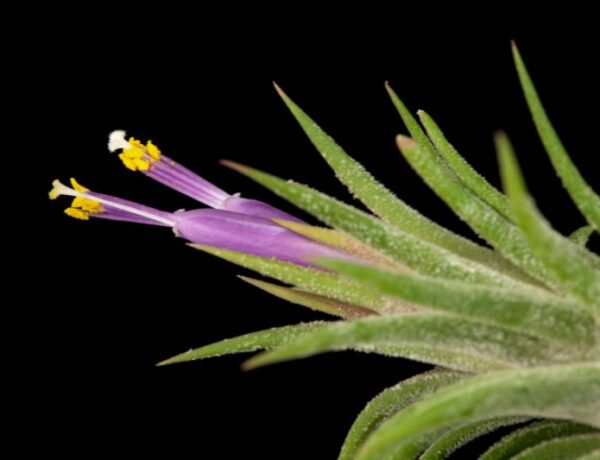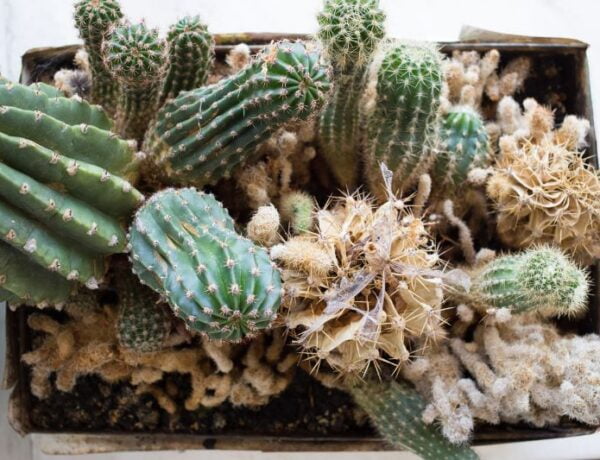A shrinking cactus can be a cause for concern, and there are several reasons why this might be happening (and also several ways to fix it). In this article, we’ll explore the primary factors contributing to its shrinkage, such as improper watering, temperature stress, sunlight issues, and nutrient deficiency.
Now, let’s discover if somethings is amiss in your plant care routine!
Table of Contents
1. Underwatering & Dehydration
Cacti store water in their stems to survive in arid environments. When they don’t receive enough water, they start to use up their internal reserves, leading to shrinkage.
Solution: The solution to a dehydrated cactus is to water it more often. Make sure to water the soil thoroughly, but do not let the plant sit in standing water.
2. Overwatering & Root Rot
Giving a cactus too much water can lead to root rot. This condition can cause the plant to shrink as the roots struggle to absorb nutrients and water. Ensure that your cactus is planted in well-draining soil and never left sitting in water for extended periods.
Solution: The solution to root rot is to remove the cactus from its pot and examine the roots. If the roots are mushy and black, they need to be removed. Cut away any damaged roots and let the plant dry out for a few days. Repot the cactus in fresh, well-draining soil and make sure to water it sparingly until it has had a chance to recover.
3. Pests and diseases
Infestations of pests like mealybugs, scale insects, or spider mites can cause a cactus to lose moisture and nutrients, leading to shrinkage. Similarly, fungal or bacterial infections can cause the plant to shrink as it fights off the disease.
Solution: If you notice that your cactus is starting to wilt or shrink, examine it carefully for any signs of disease, such as discoloration, spots, or unusual growths. Once you identify the issue, you can treat it with a fungicide or other appropriate treatment.
4. Temperature stress
Extreme temperature fluctuations can cause a cactus to shrink. Cacti are generally adapted to hot and dry environments, but various species have different temperature tolerances. Exposing your cactus to temperatures outside of its ideal range can result in stress, causing the plant to contract.
Solution: To prevent temperature stress, research the ideal temperature range for your specific cactus species and try to maintain those conditions in its environment. Keep the plant away from drafts, heaters, or air conditioning vents. If your cactus is outdoors, consider moving it to a more sheltered location or bringing it inside during extreme temperatures.
5. Sunlight
Sunlight plays a critical role in a cactus’s growth and overall health. Insufficient sunlight may result in a cactus shrinking as it tries to conserve energy, while excessive direct sunlight can lead to sunburn, also causing the plant to contract.
Solution: To provide the appropriate amount of sunlight for your cactus, research its specific light requirements. Most cacti prefer bright, indirect sunlight. Place your cactus near a window that receives plenty of natural light but is not exposed to harsh, direct sunlight for extended periods. If necessary, you can use artificial grow lights to supplement natural light, especially during winter months when daylight is limited.
5. Nutrient deficiency
Cacti, like all plants, require essential nutrients to grow and thrive. A lack of these nutrients in the soil can lead to stunted growth and shrinkage in cacti. While cacti are generally low-maintenance when it comes to feeding, they can still suffer from nutrient deficiencies if they are not provided with a balanced diet.
Solution: To address nutrient deficiency, use a well-balanced cactus-specific fertilizer. This will provide your cactus with the essential nutrients it needs to grow and maintain its structure. Follow the recommended application rates and frequency for the fertilizer to avoid over-fertilizing, which can cause harm to your cactus.
Additionally, consider repotting your cactus in fresh, well-draining soil if it has been in the same pot for an extended period, as this can also help replenish depleted nutrients.
Final Thoughts
By understanding the main reasons behind cactus shrinkage, such as improper watering, temperature stress, sunlight, and nutrient deficiency, and implementing the appropriate solutions, you can ensure that your cactus remains healthy and thriving.
Proper care, including adequate watering, temperature control, sunlight exposure, and nutrition, can prevent these issues and allow you to enjoy the unique beauty of your cactus for years to come. For more information on cactus issues, make sure to read our related article on Why is My Cactus Falling Over?.






No Comments